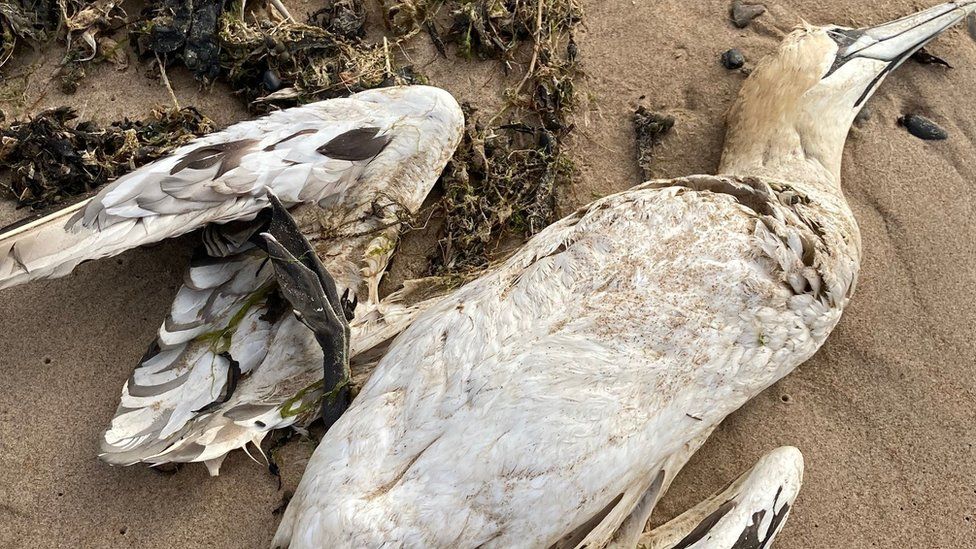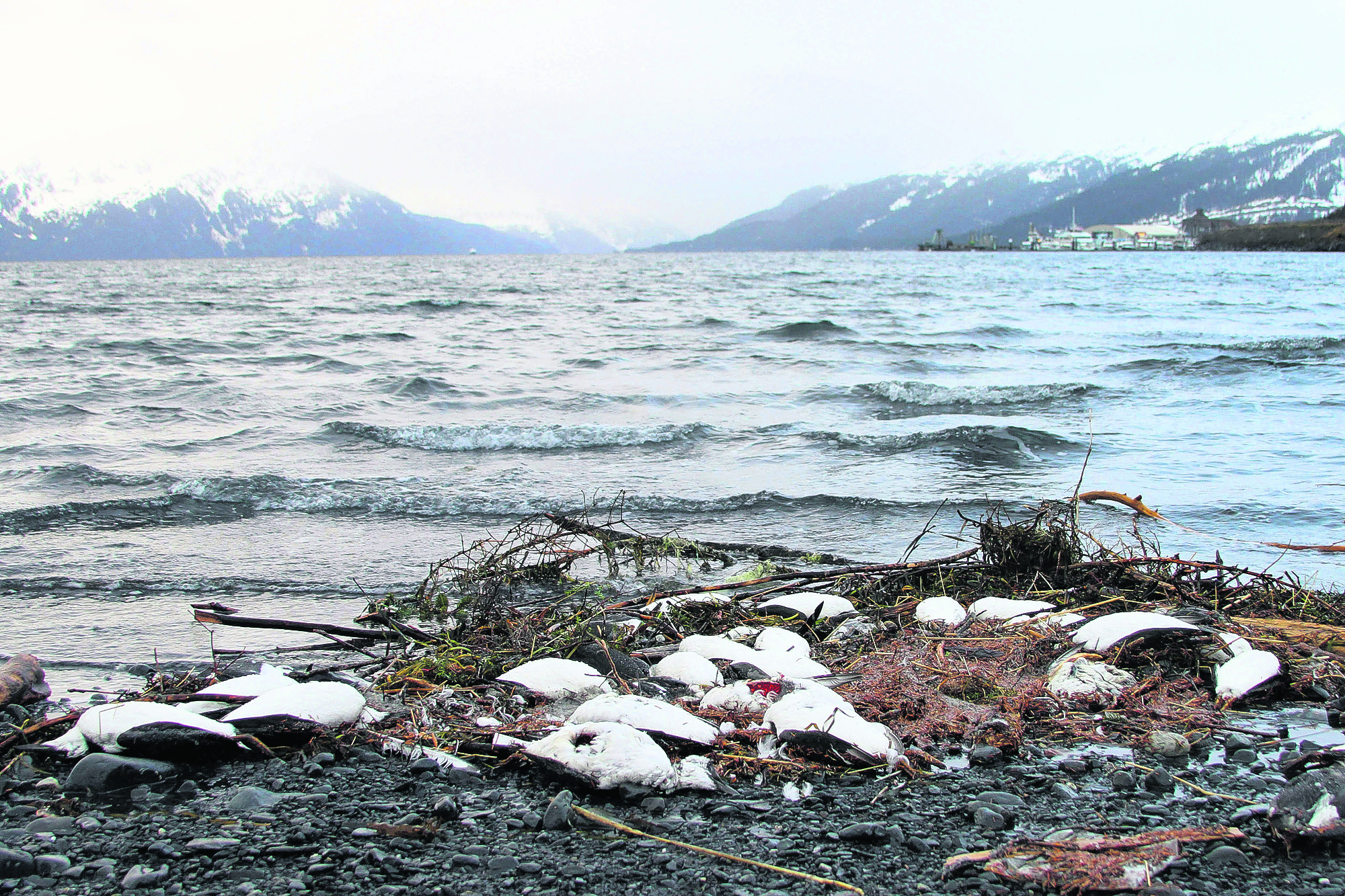Amid a summer in which almost half of the world’s oceans are suffering record-breaking marine heat waves, a spate of significant seabird die-offs around the Pacific coast, including albatrosses and puffins, have raised worry.

Sea-Bird Die-Offs
According to a recent study done by academics at the University of Washington, seabird populations are at increased risk caused of marine heat waves.
Though the study focused on data from the northeast Pacific Ocean and marine heat waves, its significant implications have alarmed scientists in other fields.
The study found that rising sea surface temperatures—defined by researchers as above the 90th percentile for at least six days—were associated with a higher likelihood of seabird die-offs from rising marine heat waves.
Five times as many birds perished if temperatures were up to 1 degree Celsius (1.3 degrees Fahrenheit) warmer marine heat waves than normal for six months or more.
Due to their dependence on certain environments for mating, feeding, and survival, seabirds are particularly vulnerable to environmental changes.
Any disruptions to these ecosystems could have serious repercussions. Seabird populations are seriously threatened by climate change due to its patterns of ocean warming causing hotter marine heat waves, changed ocean currents, and changes in food availability.
It throws off the delicate balance between the breeding cycles of seabirds and the availability of nourishing prey, having a negative impact on both their capacity to reproduce and general fitness.
Read Also: Track The Route Of Hurricane Lee As It Travels Across The Atlantic Using The Real-Time Hurricane Tracker
Seabirds’ ability to survive has been harmed over time by marine heat waves.
By examining nearly 30 years’ worth of data from volunteer-collected surveys of beach-cast birds, or the rate of carcasses washing in, between central California and Alaska, the analysis determined the size of death events, regardless of seabird species, and warmer marine heat waves is one of the biggest contributors to the phenomenon.
Higher temperatures of marine heat waves alter the plankton community’s makeup, and the usual diet of seabirds, and provide favorable conditions for disease outbreaks or algal blooms, according to researchers quoted in an Audubon Magazine article about research from the University of Washington.
The curve has changed to the right in stations throughout the world, according to Gleason. Average temperatures of marine heat waves have risen, and new warm records of the said marine heat waves are breaking more frequently.
Read Also: Summer In New York Is Not Over Yet, 70+ Million People Experience Heat Wave









